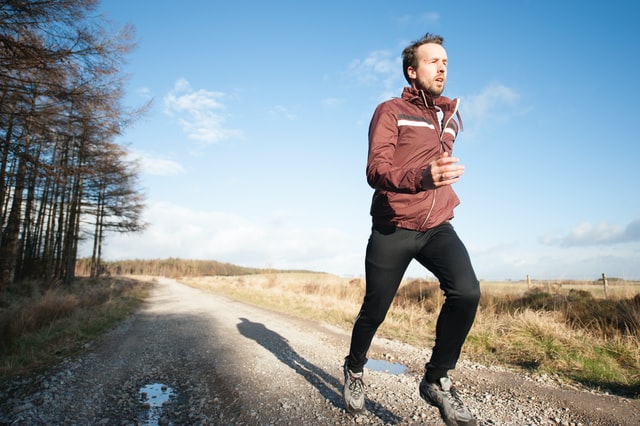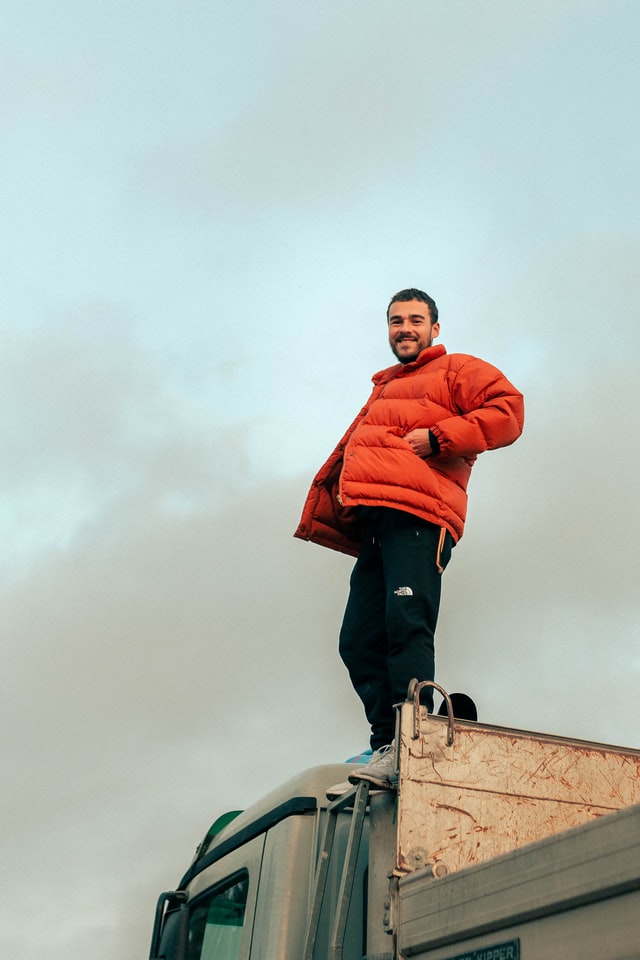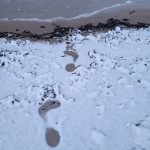Cold and the health risk of low temperatures
Winter is coming and with its low temperatures. Cold is in many cases an important health risk, sometimes something forgotten from a medical point of view, possibly because its undesirable effects are not as striking as those produced by heat. The problems derived from the cold do not have an immediate effect on people and in many cases, their first symptoms appear a few days after being exposed to low temperatures.
From a medical point of view, the decrease in body temperature is known as the term “hypothermia.” Understanding as a normal body temperature of the human body 37ºC, any measurement lower than 35ºC taken in the rectum is called hypothermia. Hypothermia occurs when the body loses more heat than it can generate and is usually caused by long exposure to cold. Difficult to measure by person, since the thermometers that we use in our homes only mark us up to 35ºC.
Nonspecific symptoms such as tremor, confusion, clumsiness in movements, and difficulty in reasoning, within a cold environment, should make us suspect that the person may present a state of hypothermia. It is important to remember some circumstances that help us to make a picture of this kind appear, such as staying outdoors in winter without adequate clothing, environmental factors such as wind and humidity, ingesting insufficient amounts of food and beverages during cold days. , such as performing intense physical efforts, will facilitate significant drops in body temperature.
The importance of the subject creates the need to remember some preventive measures to avoid hypothermic states and other health conditions. A highlight is an application in cold seasons of flu and pneumococcal vaccines in the most vulnerable groups such as the elderly, chronically ill, and immunologically depressed, to avoid respiratory processes triggered by the appearance of low temperatures.

The use of clothing must be appropriate, loose, light, warm, and waterproof clothing, it is advisable to wear several “layers of clothing” and not tight clothing, to facilitate peripheral circulation. Wear wool gloves, hats, hats, scarves, and socks, as it must be remembered that most of the body’s heat is lost through the head, hands, and feet. Footwear must be warm, waterproof, and slip-resistant. On cold days we must make short trips to the street, avoiding sudden changes in temperature continuously, taking advantage of the central hours of the day (from noon to early afternoon) and the hours with the sun. Avoid departures in the early hours of the day, at dusk, or at night. For the group of adolescents and young people to remind them of the need to protect themselves against the cold with adequate and sufficient clothing. In case of rain, we must stay dry, remember that water and humidity cool the body quickly and that body heat is lost twenty-five times faster in water. Measures such as checking the weather forecast daily, through newspapers, radio, and television will help us to take adequate precautions on cold days.
In homes, monitor our heating systems, properly insulate the walls of houses and their rooms by using weather stripping on doors and windows, cover existing cracks, even use, if necessary, the use of plastics to cover the Windows. We must remember that the ideal temperature for a house is 21ºC and that higher temperatures do not provide us with more benefits and do produce excessive energy waste. Ventilate the rooms daily for about ten minutes, and then close the windows to avoid heat loss.
Special mention has the physical exercise and the feeding. We must exercise daily but in a moderate way, never in a sudden or intense way, it will keep us in a good physical and mental state, and increase the sensation of heat in our body during the day. It is recommended to eat frequent and small meals, varied and with high energy power, promoting the use of legumes, semolina pastes, and nuts are considered adequate. Do not forget to increase your water consumption, in times of cold as well as in times of heat there is a greater loss of fluids that we must replace. Drinking warm drinks on a regular basis is comforting and keeps us at a good body temperature. Let’s banish thoughts such as that alcohol and caffeinated drinks facilitate the contribution of heat, its improper use increases our metabolism producing rapid loss of heat. Road safety in winter times presents some special point. When traveling and traveling, we try to use public transport. If it is necessary to use our vehicle, we must keep it in the best possible conditions; make the trips using main roads avoiding secondary roads and better by day than at night.
We cannot finish talking about preventive measures, without making a small mention of the habitual use of medication by some people. Medicines for the treatment of insomnia, anxiety, and depression, as well as some cardio tonics and vasodilators, facilitate heat loss.
If we find a case of possible hypothermia, what can we do? The first thing would be to call 112 or go to the nearest medical emergency services; the treatment of hypothermia must be carried out by an “expert person”. But, if it has to be done by a non-expert person we are going to give some basic guidelines to help this person who is in a possible state of hypothermia, while the competent health personnel arrives we will look for a warm environment, and protect the person avoiding continuous heat loss. Place the person on their back and warm them up little by little, slowly, avoiding sudden and unnecessary movements. Warm the person’s torso first, using your own body heat can help. Arms and legs should be warmed last; stimulation of the extremities can draw cold blood to the heart and lead to heart failure. We must not rub the body; we can cause damage to the skin and tissues. When the clothes are wet or tight we will have to change them for dry and light, wrapping the person’s body in a blanket. If possible, administer warm drinks, remember not to give them.
Coffee, tea, or alcohol; always accompany the person while the emergency health services attend;







